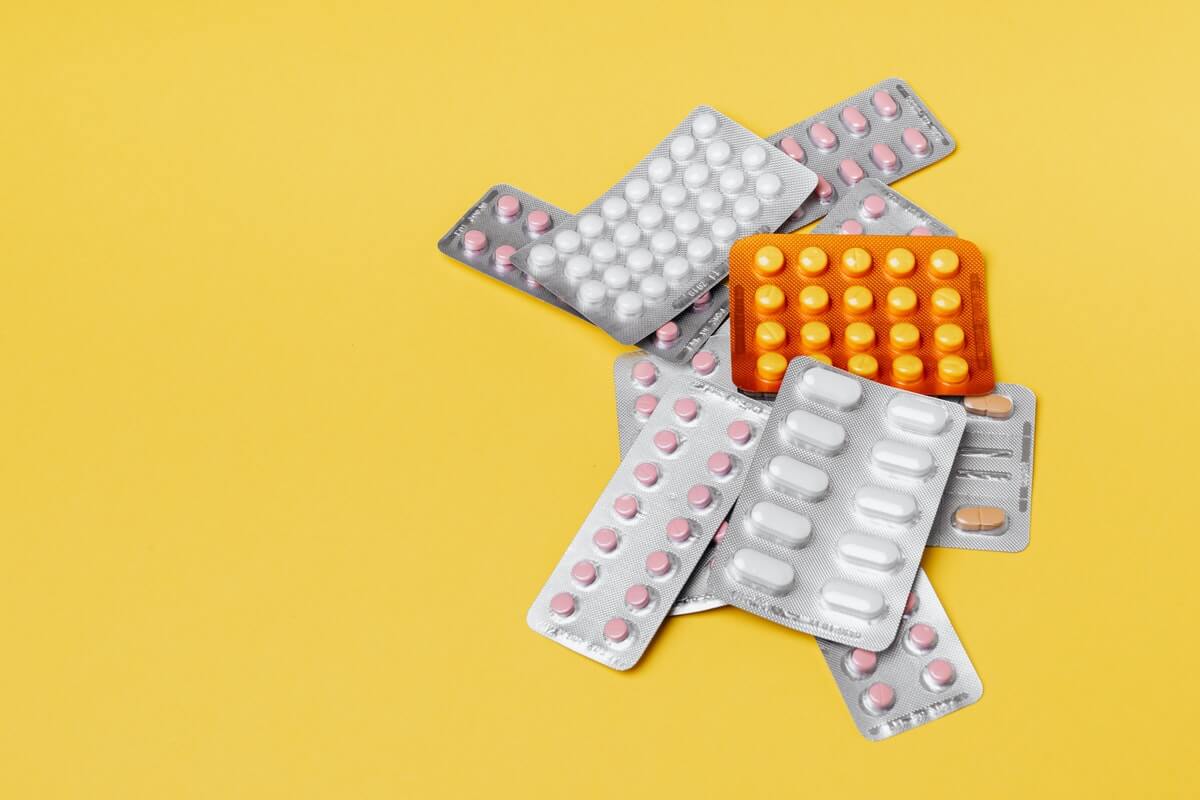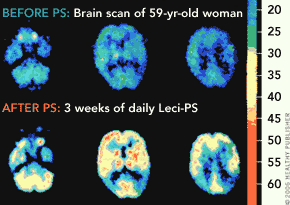
Remember, all good health measures are anti-ageing! Sugar is particularly deadly for brain function and contributes to beta amyloid deposits. Ronald Reagan’s notorious sweet tooth may have led to his Alzheimers. Also bad are excess alcohol, tobacco, saturated fats and stress. Take exercise regularly. The following supplements can be considered for a scientifically-based anti-ageing regime.
1. L-Carnosine
Although carnosine has been known for about a century, its antiaging properties have only been extensively studied during the past few years. It may turn out to be the greatest anti-ager of all. High concentrations of carnosine are present in long-lived cells such as in nerve tissues. The concentration of carnosine in muscles correlates with maximum lifespan, a fact that makes it a promising bio-marker of aging. Unlike most antioxidants, which work by prevention, carnosine protects AFTER free radicals have been released. One of the cardinal anti-ageing affects in the body is glycosylation, which leads to decay of protein function. Carnosine blocks this process. It also blocks amyloid production, the substance found in the brains of Alzheimer’s patients. Other properties emerging are its apparent anti-cancer effects, toxic metal binder and immune booster.
DOSE: 500 mgms. daily. Best with vitamin E, 200- 400 IU daily.
2. Trimethgyl Glycine (TMG)
TMG protects the youthful methylation process in our metabolism. Published research shows that TMG can lower dangerous plasma homocysteine levels, thus reducing the risk of heart disease and stroke. It helps the integrity of nerve fibres and so may improve Alzheimer’s and Parkinson’s disease. It protects against liver damage from alcohol and other dangers. Finally, it protects DNA and so may slow cell ageing.
DOSE: 500 – 2,000 mgms. daily. It works better with co-factors B6, B12 and folic acid.
3. Gingko Biloba
Extract of the tree Gingko biloba have been used by the Chinese for 2800 years. It is now well recognized and an important brain food and anti-oxidant and improves mental function in people of all ages. It quenches free radicals and improves neurotransmission, thus protecting circulation and enhancing memory. Even the orthodox Journal of the American Medical Association reported is was well tolerated and effective. Protects against Parkinsonism, Alzheimer’s and other dementias.
DOSE: 50- 100 mgms active ingredient. Look for products with less than 2 ppm of the toxic gingkolic acid (European limits set at 5 ppm maximum).
4. S-Adenosyl Methionine (SAMe, pronounced Sammy)
A derivative of important methionine, SAMe is widely distributed in the tissues of young healthy adults. But with ageing and sickness, it is depleted, leading to further deterioration. SAMe is needed for the body to metabolize efficiently, for neuronal regeneration and the synthesis of energy through ATP, the basic energy molecule. It may help prevent or reverse liver damage (alcohol, viruses and chemical pollution). It can help with ME and other fatigue states.
Additionally, SAMe may be the safest, fastest acting anti-depressant available and is widely prescribed in Europe for that purpose, though not in Britain.
DOSE: 200- 800 mgms daily. Best taken on an empty stomach, with water.
5. N-Acetyl-Cysteine (NAC)
L-cysteine is an important suplhur-containing amino acid. Others, taurine and methionine protect and nourish the liver. The form N-acetyl-cysteine is more readily absorbed and is a powerful antioxidant and anti-viral. This could be important when we recognize more and more the damaging effects of “stealth viruses”. It also help boost glutathione levels, which is one of the most important brain detox substances of all.
DOSE: 500 -1000 mgms daily. Note. Take plenty of extra vitamin C at the same time, to prevent it being oxidized and rapidly destroyed in the body (3 times as much vit C as N-acetyl-cysteine is recommended).
6. Phosphatidyl Choline (and Phosphatidylserine)
No point in living to a great age if your brain doesn’t travel along with you. Phosphatidyl choline, from lecithin, is an important protector for phospho-lipid cell membranes in the brain. These are the ones most easily damaged by free radicals.
We get it in our diet, in vegetables (especially cauliflower and lettuce), whole grains, liver, and soy. It also comes in lecithin (containing 10-20% phosphatidylcholine) in grains, legumes, meat and egg yolks. But we need more, to be on the safe side.
Most of these remarks apply also to phosphatidyl serine, a phosopho-lipid. It is found in in fish, green leafy vegetables, soybeans and rice. Over 3,000 published research papers and more than 60 clinical trials have established that phosphatidylserine can rejuvenate your brain cell membranes and cognitive function.
Here’s a great graphic showing the effect of “warming” up brain function, after 3 weeks of phosphatidylserine”

Both these compounds are valubale to memory and mood, mental clarity, concentration, alertness and focus. Got to keep those grey cells going!
DOSE: 500 mgms daily of phosphatidyl choline/100 mgms daily phosphatidyl serine.
7. Coenzyme-Q-10
This vitamin-like substance (also known as ubiquinone) was discovered in 1957. Since then a deluge of scientific papers have attested to its ability to strengthen the immune system, lower blood pressure, prevent heart attacks, counter obesity and slow ageing. Studies in mice shows it increases their life span by 25%. CoQ10 is found in all cells, where it is responsible for the manufacture of ATP, the basic energy molecule. It is now being said that if CoQ10 levels drop by 25%, cancer is probable.
On a personal note, when I took co-Q-10 and selenium simultaneously, my hair started to grow back – dark hairs!
DOSE: 100- 200 mgms daily. It is plentiful in heart, meat, kidney and eggs, and to a lesser extent soybean, wheat, alfalfa and rice bran.
8. Boron
The pivotal role of boron in bone metabolism has made it clear that it is protective against osteoporosis and therefore vital to a long and happy life, especially for women. More many women die from complications of a fracture of the femur in the USA than of breast cancer. Researches also concluded that countries with lower boron levels in the soil had much more arthritis. It works best in conjunction with magnesium and other co-factors.
DOSE: 3 mgms daily, coupled with 300- 400 mgms of magnesium.
9. Alpha-Lipoic Acid
The subject of intensive current research, this may be the most important antioxidant of all in protecting the brain and neurological tissues from damage. Alpha-lipoic acid has unique ability to pass into the brain, where is helps regeneration of other antioxidants, such as vitamin C and E and glutathione. It is also a strong chelator and may protect against Alzheimers by removing toxic metals which generate damaging free-radicals. It is both fat and water soluble, which means it is easily absorbed from the gut.
DOSE: 60- 80 mgms.
10. Essential Fatty Acids
Almost the same status as vitamins, essential fatty acids are vital for tip top body and mind function. So-called omega 3s and omega 6s have different effects. You need both. Plant sources, such as borage and evening primrose, provide omega-6s and fish oils provide omega-3s. Studies show that eating lots of fish reduces inflammatory chemicals and leads to better health and more mental clarity, with less chance of Alzheimers. Didn’t your mother tell you eating fish is good for the brain?
DOSE: 500- 2,000 mgms. Food sources- fish, star flower, borage, evening primrose and flax seeds.
